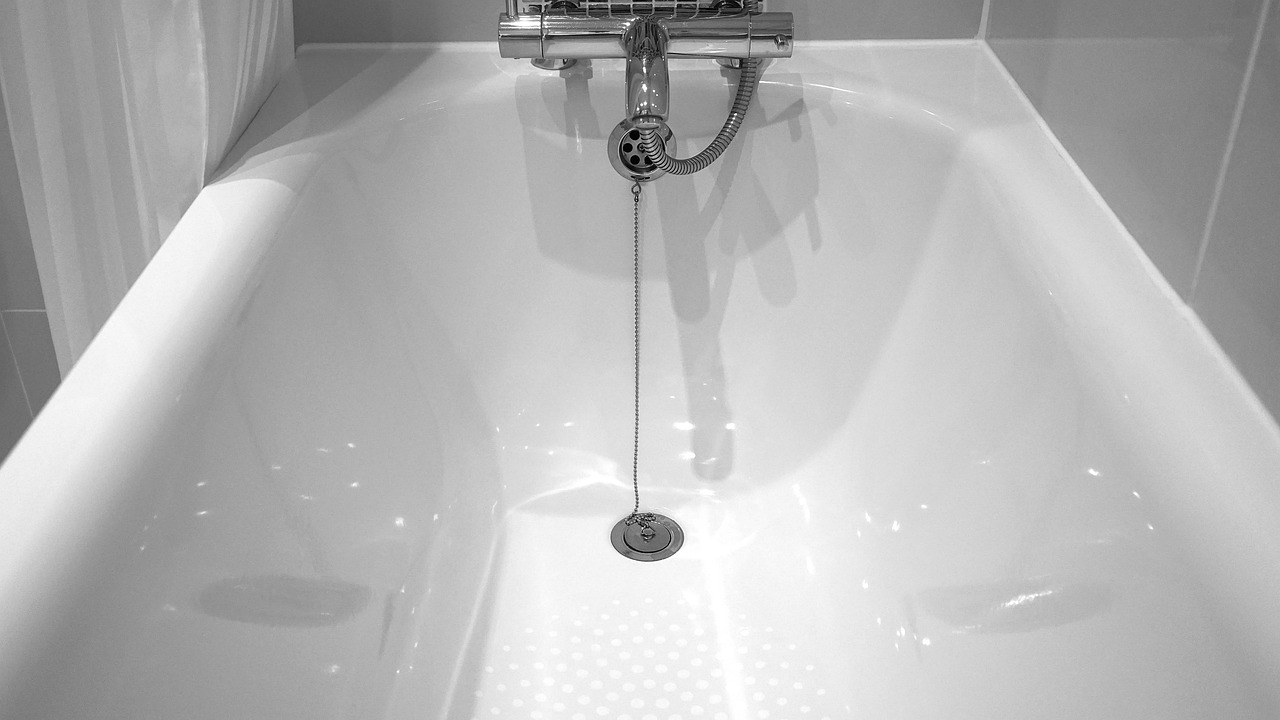Ultimate Guide to Bathtub Stoppers: Types, Installation, and Maintenance Tips
A relaxing bath can quickly turn frustrating when the water doesn’t stay in the tub or drains too slowly. Bathtub stoppers play a crucial role in ensuring your bathwater stays put while keeping debris out of the drain. Yet, choosing the right stopper can feel overwhelming with so many options, each designed for specific needs and tub types.
From toe-touch mechanisms to flip-it designs, each stopper comes with its own set of benefits and challenges. Some are easy to install but prone to wear and tear, while others offer durability but require more maintenance. Understanding these differences can save time, effort, and future headaches, especially when dealing with clogs or leaks.
Whether you’re replacing a worn-out stopper or upgrading for convenience, finding the perfect fit can enhance your bathing experience while protecting your plumbing. Let’s explore the most common types and what makes each one stand out.
Types Of Bathtub Stoppers
Selecting the right bathtub stopper improves water retention and helps avoid drain clogs. Below are descriptions and details for various types of bathtub stoppers and their specific applications.
Lift-And-Turn
Lift-and-turn stoppers use a twist mechanism to open and close the drain. Users lift the stopper slightly and rotate it to lock or unlock. A screw sets this stopper into the drain fitting, which makes installation straightforward. This design is best for homeowners wanting an inexpensive yet durable option. Periodic maintenance includes checking the screw for wear or loosening. Due to its straightforward mechanism, lift-and-turn stoppers are highly reliable.
Push-And-Pull
Push-and-pull stoppers operate using the same principle as lift-and-turn models but require no lifting action. Users pull the knob to close and push it to open. Attached with a screw to the drain crossbar, these stoppers also offer easy installation and maintenance. Ideal for frequent use and cost-effective plumbing updates, they provide practicality without complex components. Occasionally, tightening the screw may be necessary for optimal performance.
Toe-Touch
Toe-touch stoppers function by pressing them with a toe to open or close the drain. A spring-loaded mechanism under the cap holds the stopper in place. These stoppers are inexpensive, simple to operate, and require minimal effort during use. However, the spring inside can weaken over time, requiring replacement. Toe-touch stoppers work best for users who prefer hands-free operation without significant maintenance needs.
Flip-It
Flip-it stoppers use a side-to-side lever to close and open the drain. Rubber or silicone O-rings underneath provide a watertight seal. These stoppers are easy to install without tools and involve pushing them into the drain. Flip-it stoppers suit bathtubs without drain strainers and minimal upkeep. Over time, the O-rings might wear out, necessitating replacement to maintain efficiency. They are an economical choice for quick and simple bathtub solutions.
Trip-Lever
Trip-lever stoppers use a lever on the overflow plate to raise or lower a plunger inside the drain’s pipe. This design does not have a visible surface stopper, enabling a smooth tub floor. Suitable for most bathtubs, trip-lever stoppers provide reliable functionality. Installation and maintenance are more complex compared to other stoppers, often requiring adjustments to the inner plunger. Their enclosed mechanism minimizes clog risks.
Pop-Up
Pop-up stoppers are designed with an external lever that lifts or drops the stopper within the drain. Commonly found in modern bathtubs, this style combines convenience and aesthetic appeal. Installation involves connecting the lift rod to a lever and the stopper and may require professional assistance for proper alignment. Maintenance includes monitoring the linkage to prevent disconnection or misalignment. Pop-up stoppers are a robust option for upgraded bathroom fixtures.
Universal And Removable Stoppers
Universal and removable stoppers are versatile options that fit varied drain sizes. Flat vinyl plugs and dome-shaped designs, such as TubShrooms, easily seal drains and are suited for tubs without pop-up or lever components. Their silicone or rubber material is durable and affordable. These stoppers are ideal for temporary solutions or tubs with unconventional fittings. Cleaning debris is simple by removal, though they may need occasional replacement for continued efficiency.
How To Choose The Right Bathtub Stopper

A proper bathtub stopper ensures effective water retention and protects the drain from debris. Selecting the right type depends on material, compatibility, ease of use, and maintenance.
Material And Durability
The stopper’s material affects its lifespan and performance. Common materials include rubber, silicone, and brass. Rubber and silicone stoppers, such as flip-it designs, are flexible and affordable but may wear out over time. Brass stoppers, often seen in lift-and-turn and push-and-pull designs, are more durable and resistant to corrosion, making them a long-lasting choice.
Choose a material based on water-resistance and strength, particularly for bathtubs frequently used or exposed to hard water. Durable stoppers minimize replacement frequency and provide a secure seal over extended use.
Compatibility With Your Drain
Every bathtub has specific drain dimensions that determine stopper compatibility. Most bathtub drains measure between 1.5 and 2 inches in diameter, but some may differ and require specialized sizes.
Stoppers like flip-it designs don’t fit drains with built-in strainers due to their mechanism, while toe-touch stoppers attach to crossbars inside the drain. For replacements, swapping similar types such as lift-and-turn for push-and-pull is easier; however, adding a lever stopper involves more plumbing adjustments. Confirm measurements and drain features to avoid improper fitting.
Ease Of Use And Maintenance
Prioritize stoppers that align with user needs and maintenance preferences. Toe-touch stoppers are convenient for users who have difficulty bending as they’re operated with a simple toe press. Flip-it stoppers offer easy installation and effortlessly open or close via a lever movement.
Consider the potential maintenance challenges. For example, toe-touch stoppers have spring mechanisms that eventually wear out with frequent use. Opt for mechanisms that align with your ease-of-access and repair level, ensuring long-term functionality with minimal disruptions.
Installation And Maintenance Tips

Proper installation and maintenance of a bathtub stopper ensure its longevity and functionality. Following the correct steps for setup and care minimizes common problems and enhances user convenience.
Installing A New Bathtub Stopper
Choosing a compatible bathtub stopper simplifies the installation process. Most stoppers, including lift-and-turn or push-and-pull models, follow similar installation steps. Remove the old stopper if replacing an existing one and clean the drain area thoroughly. For stoppers like flip-it designs that don’t require tools, simply push the stopper into the drain. Toe-touch stoppers, which feature a threaded shaft, need to be screwed into place.
Switching to or from a lever stopper requires more detailed work. Lever stoppers connect to the overflow plate and the tub’s internal plumbing, so attaching or detaching them involves accessing that assembly. Measure the drain to ensure the replacement stopper fits; most drains range from 1.5 to 2 inches in diameter. Selecting the correct size prevents leaks and ensures a secure setup.
Cleaning And Maintaining Your Stopper
Regular cleaning reduces wear and keeps the stopper functioning smoothly. To clean, first remove the stopper by unscrewing, lifting, or pulling—depending on its design. Scrub away accumulated debris, including hair and soap scum, using a soft brush and mild detergent.
Inspect components like O-rings on flip-it stoppers or strainers on pop-up models for wear. Replace any damaged parts promptly to avoid future malfunctions. For lever stoppers, periodically clean the internal linkage and ensure the lever mechanism moves freely. Keeping the bathtub clean also minimizes debris buildup, prolonging the stopper’s lifespan.
Troubleshooting Common Issues
A sticky stopper or slow drainage indicates mechanical or clogging issues. For sticky mechanisms, clean all moving parts and lubricate where necessary. If the stopper doesn’t seal correctly, check for damaged O-rings or improperly installed gaskets and replace them.
In cases of slow drainage, remove the stopper and clear the drain of blockages. For lever stoppers, ensure the linkage inside the overflow tube is correctly aligned and not obstructed. If the stopper is difficult to remove for cleaning, confirm you’re following the right detachment process for its type. Persistent issues may require specialized tools or professional assistance to resolve without damaging the plumbing system.
Conclusion
Choosing the right bathtub stopper is essential for a seamless and enjoyable bathing experience. By understanding the different types, materials, and maintenance needs, anyone can find a stopper that perfectly suits their bathtub and lifestyle. Proper installation and regular upkeep further ensure long-lasting performance and prevent common issues like clogs or leaks.
With the right stopper in place, maintaining water retention and protecting the plumbing becomes effortless. A well-chosen and cared-for stopper not only enhances functionality but also adds to the overall comfort and relaxation of every bath.
Frequently Asked Questions
Why is a bathtub stopper important?
A bathtub stopper is essential for retaining water in the tub during a bath while preventing debris from entering the drain. It helps create a relaxing bathing experience and protects your plumbing from potential clogs.
What are the most common types of bathtub stoppers?
The most common types of bathtub stoppers include lift-and-turn, push-and-pull, toe-touch, flip-it, trip-lever, pop-up, and universal/removable stoppers. Each type offers unique features suited to different needs and bathtub designs.
How do I choose the right bathtub stopper?
To choose the right stopper, consider material durability, compatibility with your drain size, ease of use, and maintenance requirements. Ensure the stopper fits your bathtub’s dimensions and matches your personal preferences for functionality.
What materials are bathtub stoppers typically made of?
Bathtub stoppers are commonly made of rubber, silicone, or brass. Rubber and silicone provide water resistance, while brass offers durability and strength for long-term use.
How can I install a new bathtub stopper?
To install a new stopper, clean the drain area thoroughly, ensure the stopper is compatible with your drain size, and follow the specific installation steps provided for the stopper type. Secure it properly to avoid leaks.
How do I maintain my bathtub stopper?
Regularly clean your stopper to prevent dirt and debris buildup. Inspect for signs of wear or damage, and address issues like residue or sticky mechanisms promptly to maintain smooth operation.
What should I do if my bathtub stopper isn’t holding water?
If your stopper isn’t holding water, check for misalignment or damage to seals. Clean any debris from the drain or stopper mechanism, and replace worn-out components if necessary.
Can I use a DIY solution if I don’t have a tub stopper?
Yes, temporary solutions include using a rubber ball, wine cork, or sealing the drain with plastic wrap secured by a rubber band. These alternatives can hold water until a proper stopper is installed.
How do I prevent clogs in my bathtub drain?
Use a bathtub stopper that effectively blocks debris while ensuring the water flows freely during drainage. Clean the stopper and drain regularly to prevent hair and residue buildup.
What is the best stopper for a bathtub with frequent use?
For frequent use, opt for a durable stopper like a lift-and-turn or push-and-pull type. These are long-lasting and easy to maintain, making them ideal for everyday use.

